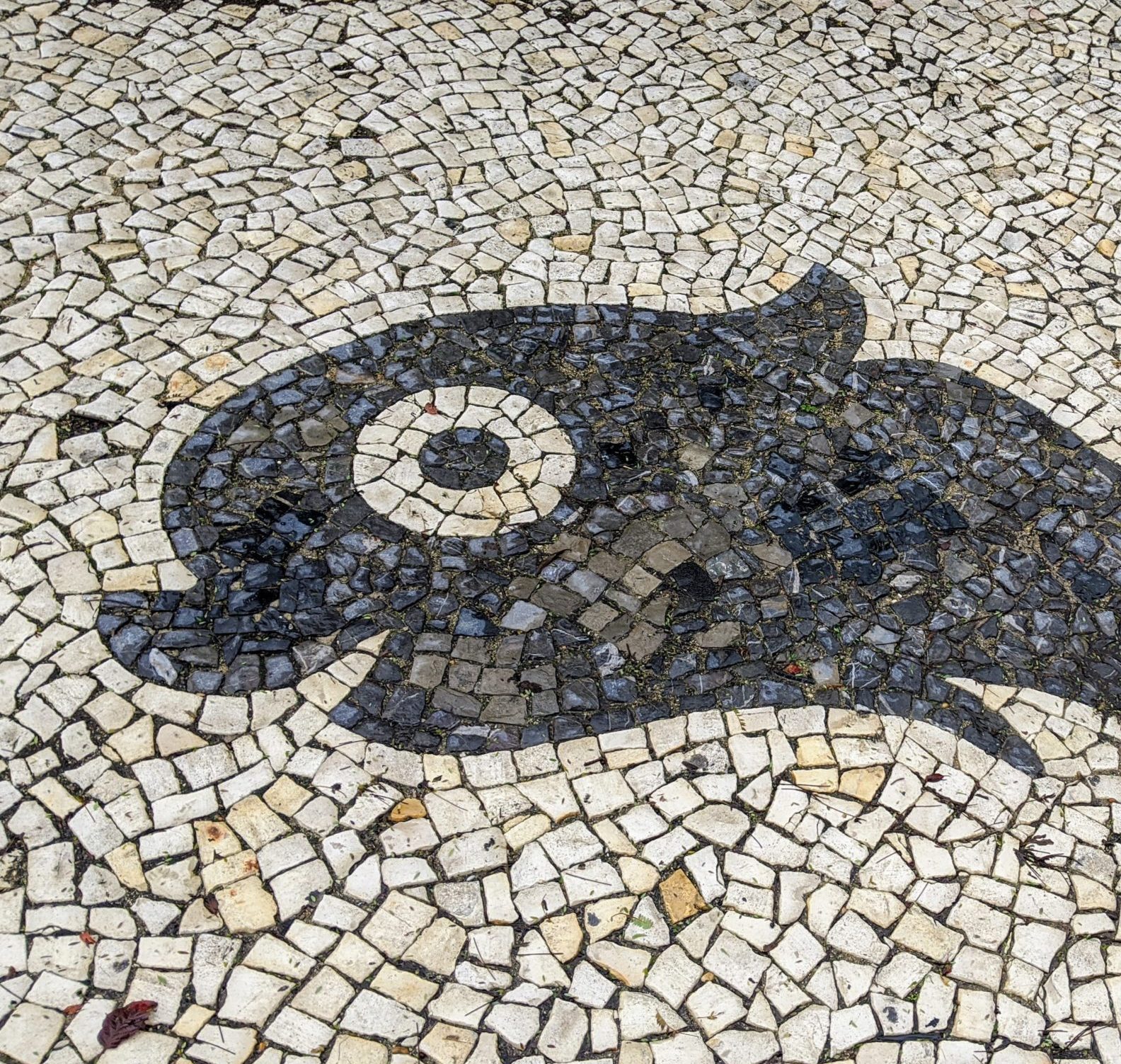Try it out: photopress.zip or photopress.tar.gz
The major improvements are 1) an Options page instead of the old config file and 2) GIF and PNG support. I don’t think I did anything to help the button problems some people are having, but you never know. Give it a try and let me know how it goes.
Make sure you at least view the options page, even if you don’t plan on changing them – otherwise the plugin won’t have any options to work with. I’d imagine I can write some code to use some defaults if the plugin doesn’t find any options variables in the database – I’ll try to figure that out for the next version.
If you inserted linked thumbs in posts using an earlier version that used Ezstatic, you should go back and edit those posts to use the new album. The Browse button should make this very easy. I’d like to figure out some generalized way to put a linked thumb in a post so that messing with the album or changing where images are located doesn’t break stuff like it does now…
